|
mutLBSgeneDB |
| |
| |
| |
| |
| |
| |
|
| Gene summary for SMO |
 Gene summary Gene summary |
| Basic gene Info. | Gene symbol | SMO |
| Gene name | smoothened, frizzled class receptor | |
| Synonyms | FZD11|Gx|SMOH | |
| Cytomap | UCSC genome browser: 7q32.3 | |
| Type of gene | protein-coding | |
| RefGenes | NM_005631.4, | |
| Description | frizzled family member 11protein Gxseven transmembrane helix receptorsmoothened homologsmoothened, frizzled family receptorsmoothened, seven transmembrane spanning receptor | |
| Modification date | 20141207 | |
| dbXrefs | MIM : 601500 | |
| HGNC : HGNC | ||
| Ensembl : ENSG00000128602 | ||
| HPRD : 03294 | ||
| Vega : OTTHUMG00000158421 | ||
| Protein | UniProt: Q99835 go to UniProt's Cross Reference DB Table | |
| Expression | CleanEX: HS_SMO | |
| BioGPS: 6608 | ||
| Pathway | NCI Pathway Interaction Database: SMO | |
| KEGG: SMO | ||
| REACTOME: SMO | ||
| Pathway Commons: SMO | ||
| Context | iHOP: SMO | |
| ligand binding site mutation search in PubMed: SMO | ||
| UCL Cancer Institute: SMO | ||
| Assigned class in mutLBSgeneDB | A: This gene has a literature evidence and it belongs to targetable_mutLBSgenes. | |
| References showing study about ligand binding site mutation for SMO. | 1. "Chenna V, Hu C, Pramanik D, Aftab BT, Karikari C, Campbell NR, Hong SM, Zhao M, Rudek MA, Khan SR, Rudin CM, Maitra A. A polymeric nanoparticle encapsulated small-molecule inhibitor of Hedgehog signaling (NanoHHI) bypasses secondary mutational resistance to Smoothened antagonists. Mol Cancer Ther. 2012 Jan;11(1):165-73. doi: 10.1158/1535-7163.MCT-11-0341. Epub 2011 Oct 25." 22027695 | |
 Gene ontology having evidence of Inferred from Direct Assay (IDA) from Entrez Gene ontology having evidence of Inferred from Direct Assay (IDA) from Entrez |
| GO ID | GO Term | PubMed ID |
| Top |
| Ligand binding site mutations for SMO |
 Lollipop-style diagram of mutations at LBS in amino-acid sequence. Lollipop-style diagram of mutations at LBS in amino-acid sequence. We represented ligand binding site mutations only. (You can see big image via clicking.) |
 |
 Cancer type specific mutLBS sorted by frequency Cancer type specific mutLBS sorted by frequency |
| LBS | AAchange of nsSNV | Cancer type | # samples | W281 | G280C | BLCA | 1 | T466 | T466N | LUAD | 1 | R400 | R398Q | SKCM | 1 | T528 | T528A | SKCM | 1 | L325 | L325P | SKCM | 1 | Y394 | Y394H | STAD | 1 | E481 | R482C | STAD | 1 | H470,T466 | S468G | STAD | 1 | I408 | G409S | STAD | 1 | L303 | L303I | UCEC | 1 |
| cf) Cancer type abbreviation. BLCA: Bladder urothelial carcinoma, BRCA: Breast invasive carcinoma, CESC: Cervical squamous cell carcinoma and endocervical adenocarcinoma, COAD: Colon adenocarcinoma, GBM: Glioblastoma multiforme, LGG: Brain lower grade glioma, HNSC: Head and neck squamous cell carcinoma, KICH: Kidney chromophobe, KIRC: Kidney renal clear cell carcinoma, KIRP: Kidney renal papillary cell carcinoma, LAML: Acute myeloid leukemia, LUAD: Lung adenocarcinoma, LUSC: Lung squamous cell carcinoma, OV: Ovarian serous cystadenocarcinoma, PAAD: Pancreatic adenocarcinoma, PRAD: Prostate adenocarcinoma, SKCM: Skin cutaneous melanoma, STAD: Stomach adenocarcinoma, THCA: Thyroid carcinoma, UCEC: Uterine corpus endometrial carcinoma. |
| Top |
| Protein structure related information for SMO |
 Relative protein structure stability change (ΔΔE) using Mupro 1.1 Relative protein structure stability change (ΔΔE) using Mupro 1.1 Mupro score denotes assessment of the effect of mutations on thermodynamic stability. (ΔΔE<0: mutation decreases stability, ΔΔE>0: mutation increases stability) |
 : nsSNV at non-LBS : nsSNV at non-LBS : nsSNV at LBS : nsSNV at LBS |
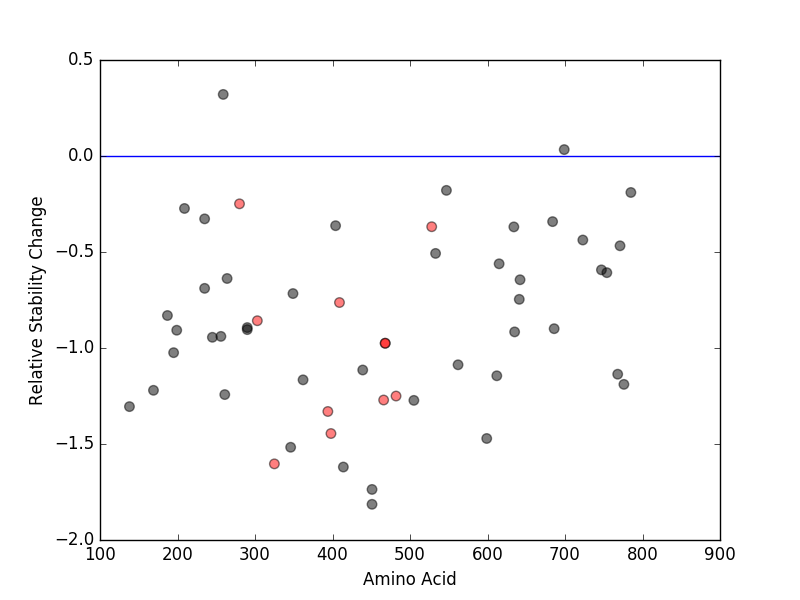 |
 nsSNVs sorted by the relative stability change of protein structure by each mutation nsSNVs sorted by the relative stability change of protein structure by each mutation Blue: mutations of positive stability change. and red : the most recurrent mutation for this gene. |
| LBS | AAchange of nsSNV | Relative stability change | L325 | L325P | -1.6034697 | R400 | R398Q | -1.4454297 | Y394 | Y394H | -1.3306592 | T466 | T466N | -1.270878 | E481 | R482C | -1.2502103 | T466 | S468G | -0.97524719 | H470 | S468G | -0.97524719 | L303 | L303I | -0.85794531 | I408 | G409S | -0.76317651 | T528 | T528A | -0.36834714 | W281 | G280C | -0.24909044 |
| (MuPro1.1: Jianlin Cheng et al., Prediction of Protein Stability Changes for Single-Site Mutations Using Support Vector Machines, PROTEINS: Structure, Function, and Bioinformatics. 2006, 62:1125-1132) |
 Structure image for SMO from PDB Structure image for SMO from PDB |
| Top |
| Differential gene expression and gene-gene network for SMO |
 Differential gene expression between mutated and non-mutated LBS samples in all 16 major cancer types Differential gene expression between mutated and non-mutated LBS samples in all 16 major cancer types |
 Differential co-expressed gene network based on protein-protein interaction data (CePIN) Differential co-expressed gene network based on protein-protein interaction data (CePIN) |
| Top |
| Top |
| Phenotype information for SMO |
 Gene level disease information (DisGeNet) Gene level disease information (DisGeNet) |
| Disease ID | Disease name | # PubMed | Association type |
| umls:C0007117 | Carcinoma, Basal Cell | 3 | AlteredExpression, Biomarker, GeneticVariation |
| umls:C0025286 | Meningioma | 2 | Biomarker, GeneticVariation |
| umls:C0206663 | Neuroectodermal Tumors, Primitive | 1 | Biomarker |
| umls:C0002448 | Ameloblastoma | 1 | Biomarker |
| umls:C0006118 | Brain Neoplasms | 1 | Biomarker |
| umls:C0022360 | Jaw Abnormalities | 1 | Biomarker |
| umls:C0023487 | Leukemia, Promyelocytic, Acute | 1 | Biomarker |
| umls:C0024954 | Maxillary Neoplasms | 1 | Biomarker |
| umls:C0037286 | Skin Neoplasms | 1 | Biomarker |
 Mutation level pathogenic information (ClinVar annotation) Mutation level pathogenic information (ClinVar annotation) |
| Allele ID | AA change | Clinical significance | Origin | Phenotype IDs |
| Top |
| Pharmacological information for SMO |
 Gene expression profile of anticancer drug treated cell-lines (CCLE) Gene expression profile of anticancer drug treated cell-lines (CCLE)Heatmap showing the correlation between gene expression and drug response across all the cell-lines. We chose the top 20 among 138 drugs.We used Pearson's correlation coefficient. |
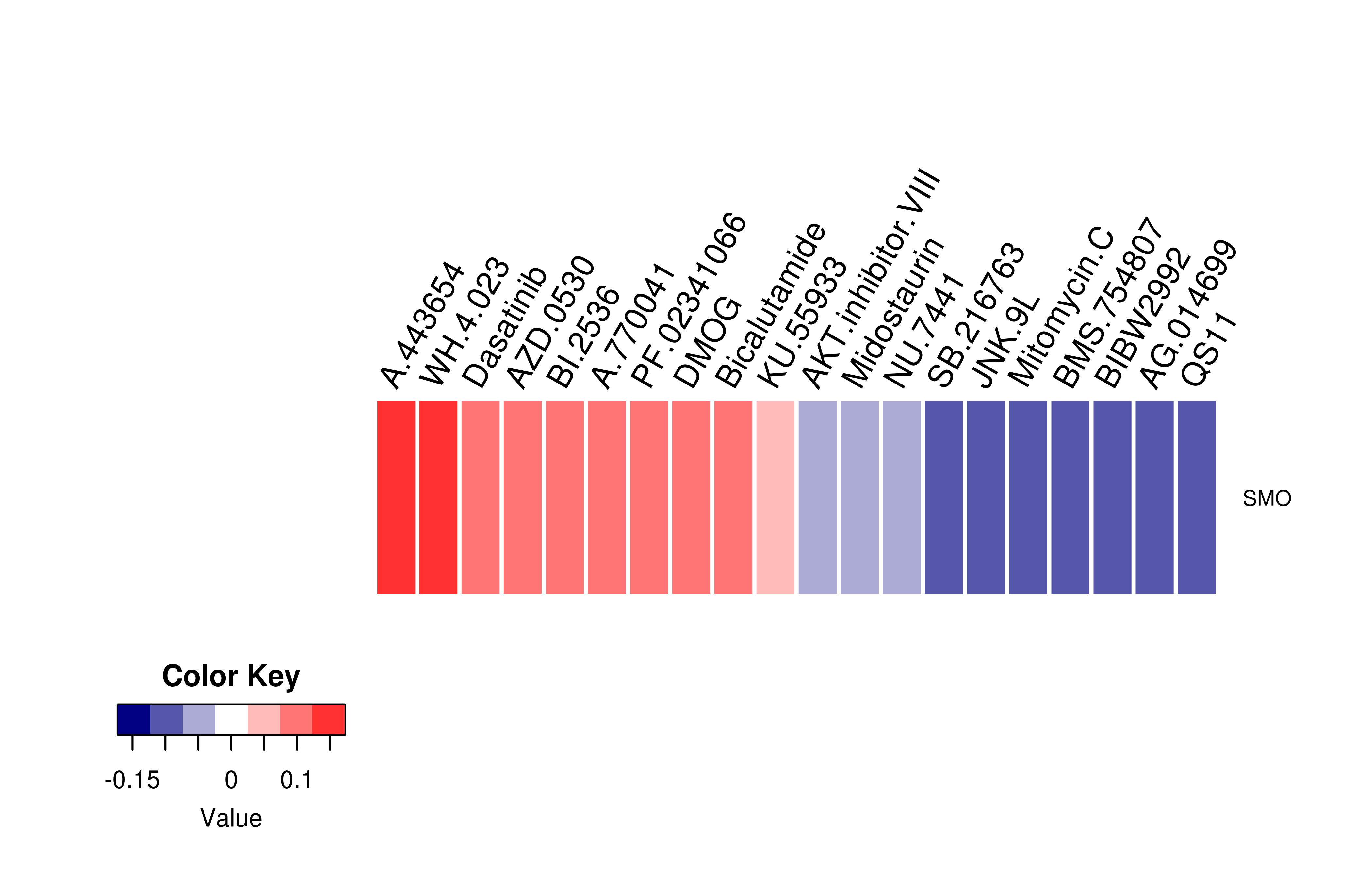 |
 Gene-centered drug-gene interaction network Gene-centered drug-gene interaction network |
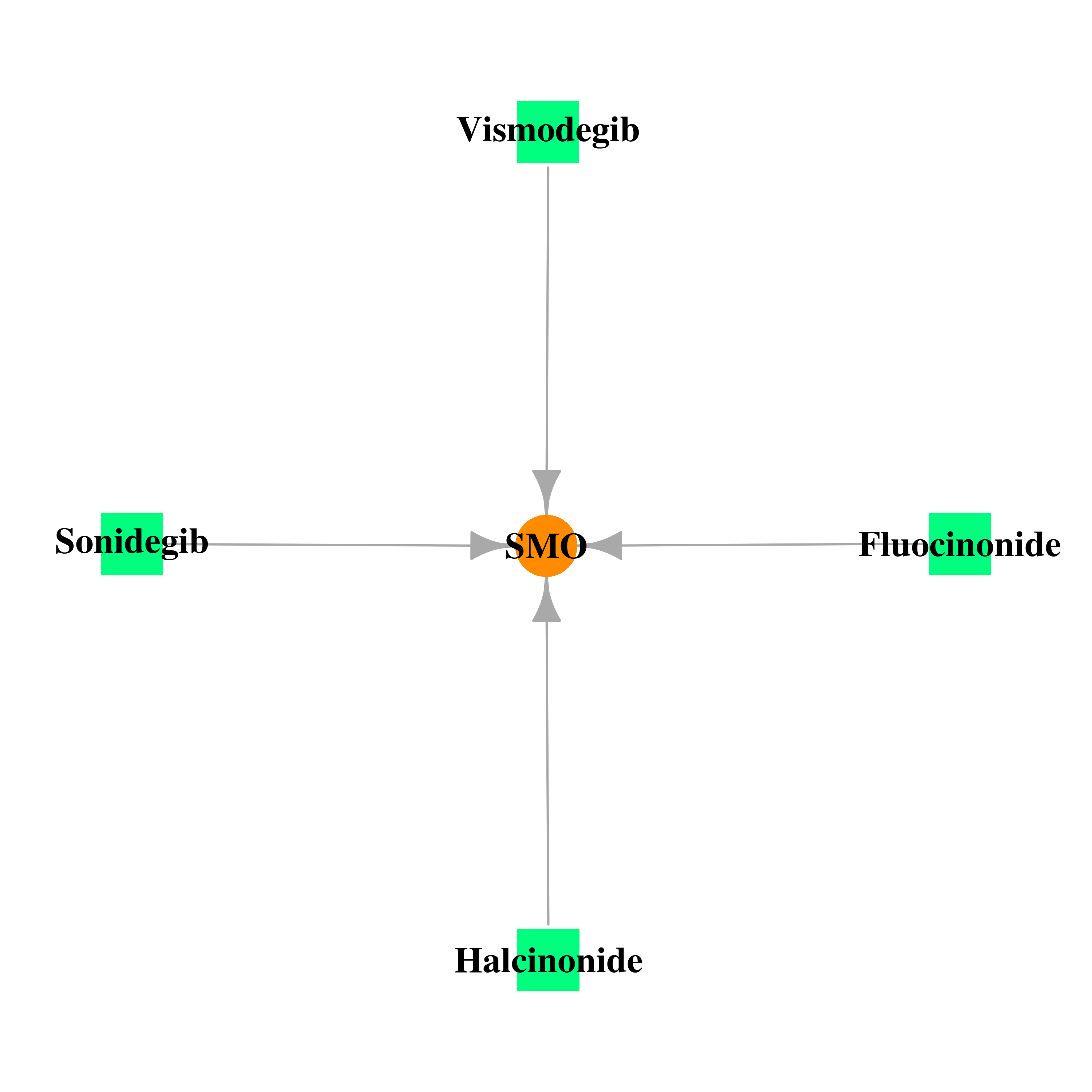 |
 Drug information targeting mutLBSgene (Approved drugs only) Drug information targeting mutLBSgene (Approved drugs only) |
| Drug status | DrugBank ID | Name | Type | Drug structure |
| Approved|investigational | DB01047 | Fluocinonide | Small molecule | 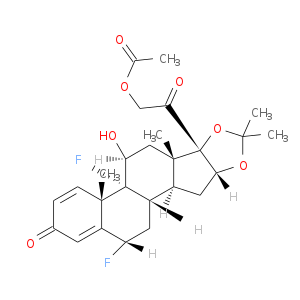 |
| Approved|investigational|withdrawn | DB06786 | Halcinonide | Small molecule | 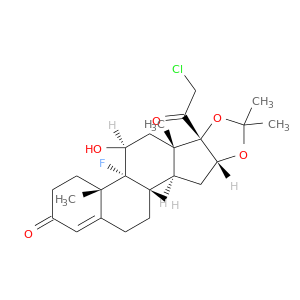 |
| Approved | DB08828 | Vismodegib | Small molecule | 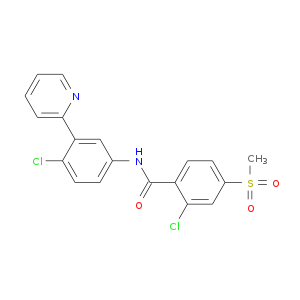 |
| Approved|investigational | DB09143 | Sonidegib | Small molecule | 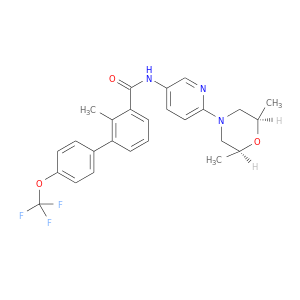 |
 Gene-centered ligand-gene interaction network Gene-centered ligand-gene interaction network |
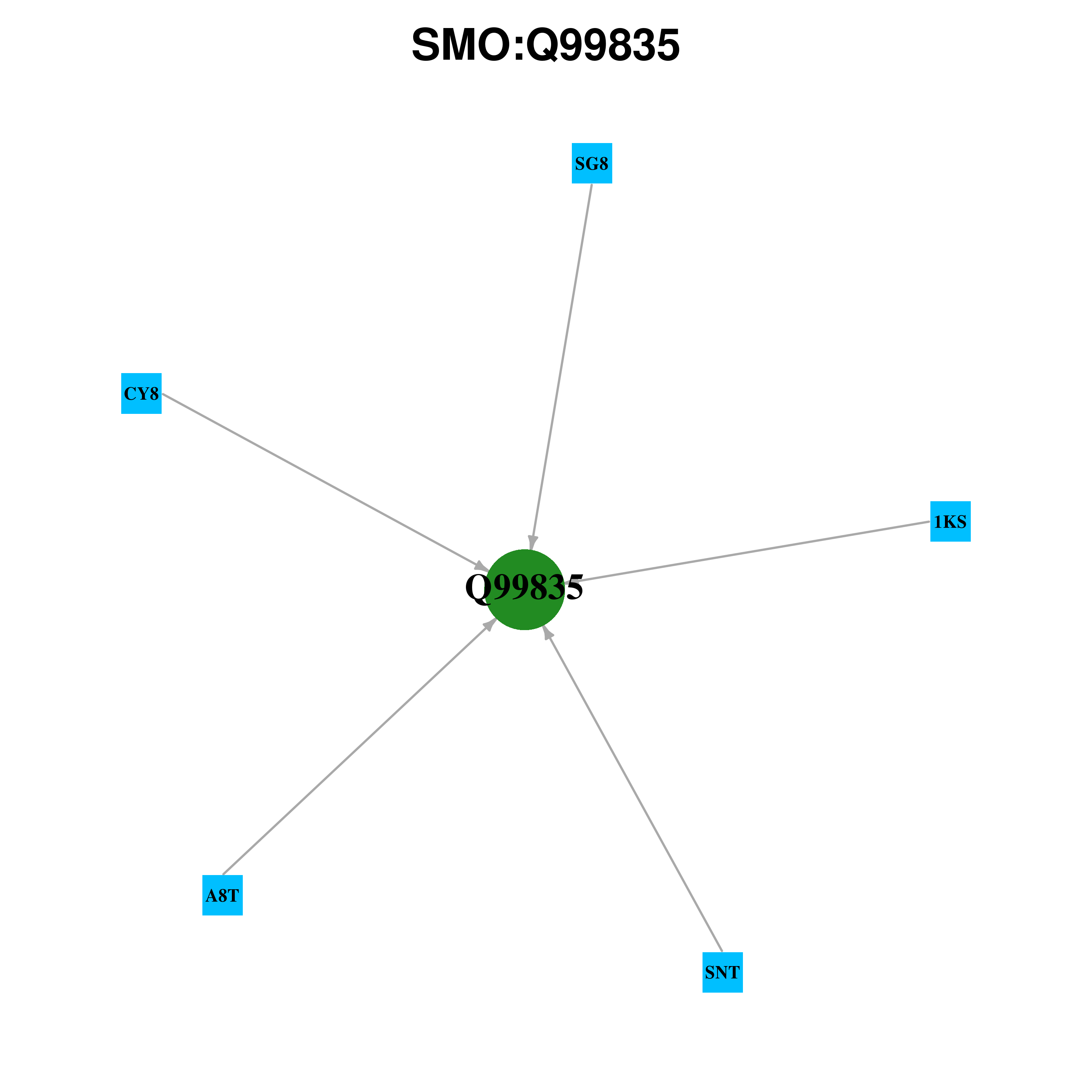 |
 Ligands binding to mutated ligand binding site of SMO go to BioLip Ligands binding to mutated ligand binding site of SMO go to BioLip |
| Ligand ID | Ligand short name | Ligand long name | PDB ID | PDB name | mutLBS | SG8 | 3-CHLORO-4,7-DIFLUORO-N-[TRANS-4-(METHYLAMINO) CYCLOHEXYL]-N-[3-(PYRIDIN-4-YL)BENZYL]-1- BENZOTHIOPHENE-2-CARBOXAMIDE | 4qin | A | L303 Y394 H470 E481 | CY8 | CYCLOPAMINE | (3ALPHA,8ALPHA,14BETA,22S,23R)-17,23-EPOXYVERATRAMAN-3- OL | 4o9r | A | L303 Y394 R400 E481 | SNT | SANT-1 | (E)-N-(4-BENZYLPIPERAZIN-1-YL)-1-(3,5-DIMETHYL-1- PHENYL-1H-PYRAZOL-4-YL)METHANIMINE | 4n4w | A | W281 L325 Y394 I408 T466 H470 T528 | 1KS | 4-FLUORO-N-METHYL-N-{1-[4-(1-METHYL-1H-PYRAZOL-5-YL) PHTHALAZIN-1-YL]PIPERIDIN-4-YL}-2-(TRIFLUOROMETHYL) BENZAMIDE | 4jkv | A | W281 Y394 R400 E481 | 1KS | 4-FLUORO-N-METHYL-N-{1-[4-(1-METHYL-1H-PYRAZOL-5-YL) PHTHALAZIN-1-YL]PIPERIDIN-4-YL}-2-(TRIFLUOROMETHYL) BENZAMIDE | 4jkv | B | W281 Y394 R400 E481 | A8T | 2-{6-[4-(4-BENZYLPHTHALAZIN-1-YL)PIPERAZIN-1- YL]PYRIDIN-3-YL}PROPAN-2-OL | 4qim | A | W281 Y394 R400 H470 |
| Top |
| Conservation information for LBS of SMO |
 Multiple alignments for Q99835 in multiple species Multiple alignments for Q99835 in multiple species |
| LBS | AA sequence | # species | Species | D384 | AQVDGDSVSGI | 3 | Homo sapiens, Mus musculus, Rattus norvegicus | D384 | SEVDGNSIVGI | 1 | Drosophila melanogaster | D473 | SCHFYDFFNQA | 3 | Homo sapiens, Mus musculus, Rattus norvegicus | D473 | ACHVTEFRHAD | 1 | Drosophila melanogaster | E481 | NQAEWERSFRD | 3 | Homo sapiens, Mus musculus, Rattus norvegicus | E481 | HADEWAQSFRQ | 1 | Drosophila melanogaster | E518 | PSLLVEKINLF | 3 | Homo sapiens, Mus musculus, Rattus norvegicus | E518 | PSVGVLQLHLL | 1 | Drosophila melanogaster | F222 | CQNPLFTEAEH | 3 | Homo sapiens, Mus musculus, Rattus norvegicus | F222 | CKDPLYTDDEH | 1 | Drosophila melanogaster | F274 | YVNACFFVGSI | 3 | Homo sapiens, Mus musculus, Rattus norvegicus | F274 | YINLCFLIACV | 1 | Drosophila melanogaster | F391 | VSGICFVGYKN | 3 | Homo sapiens, Mus musculus, Rattus norvegicus | F391 | IVGICFVGYIN | 1 | Drosophila melanogaster | F484 | EWERSFRDYVL | 3 | Homo sapiens, Mus musculus, Rattus norvegicus | F484 | EWAQSFRQFII | 1 | Drosophila melanogaster | G383 | VAQVDGDSVSG | 3 | Homo sapiens, Mus musculus, Rattus norvegicus | G383 | FSEVDGNSIVG | 1 | Drosophila melanogaster | H470 | ITFSCHFYDFF | 3 | Homo sapiens, Mus musculus, Rattus norvegicus | H470 | VAIACHVTEFR | 1 | Drosophila melanogaster | I215 | VEGCGIQCQNP | 3 | Homo sapiens, Mus musculus, Rattus norvegicus | I215 | IEGCGVRCKDP | 1 | Drosophila melanogaster | I389 | DSVSGICFVGY | 3 | Homo sapiens, Mus musculus, Rattus norvegicus | I389 | NSIVGICFVGY | 1 | Drosophila melanogaster | I408 | FVLAPIGLVLI | 3 | Homo sapiens, Mus musculus, Rattus norvegicus | I408 | LLLGPLCGVIL | 1 | Drosophila melanogaster | K395 | CFVGYKNYRYR | 3 | Homo sapiens, Mus musculus, Rattus norvegicus | K395 | CFVGYINHSMR | 1 | Drosophila melanogaster | L221 | QCQNPLFTEAE | 3 | Homo sapiens, Mus musculus, Rattus norvegicus | L221 | RCKDPLYTDDE | 1 | Drosophila melanogaster | L303 | DGTMRFGEPTS | 2 | Mus musculus, Rattus norvegicus | L303 | DGTMRLGEPTS | 1 | Homo sapiens | L303 | DGTLRHSEPTA | 1 | Drosophila melanogaster | L325 | IVYYALMAGVV | 3 | Homo sapiens, Mus musculus, Rattus norvegicus | L325 | LVYYFLTAGMV | 1 | Drosophila melanogaster | L522 | VEKINLFAMFG | 3 | Homo sapiens, Mus musculus, Rattus norvegicus | L522 | VLQLHLLCLFS | 1 | Drosophila melanogaster | M230 | AEHQDMHSYIA | 3 | Homo sapiens, Mus musculus, Rattus norvegicus | M230 | DEHRQIHKLIG | 1 | Drosophila melanogaster | M301 | RADGTMRFGEP | 2 | Mus musculus, Rattus norvegicus | M301 | RADGTMRLGEP | 1 | Homo sapiens | M301 | RKDGTLRHSEP | 1 | Drosophila melanogaster | M326 | VYYALMAGVVW | 3 | Homo sapiens, Mus musculus, Rattus norvegicus | M326 | VYYFLTAGMVW | 1 | Drosophila melanogaster | M525 | INLFAMFGTGI | 3 | Homo sapiens, Mus musculus, Rattus norvegicus | M525 | LHLLCLFSSGI | 1 | Drosophila melanogaster | N219 | GIQCQNPLFTE | 3 | Homo sapiens, Mus musculus, Rattus norvegicus | N219 | GVRCKDPLYTD | 1 | Drosophila melanogaster | N521 | LVEKINLFAMF | 3 | Homo sapiens, Mus musculus, Rattus norvegicus | N521 | GVLQLHLLCLF | 1 | Drosophila melanogaster | P220 | IQCQNPLFTEA | 3 | Homo sapiens, Mus musculus, Rattus norvegicus | P220 | VRCKDPLYTDD | 1 | Drosophila melanogaster | P513 | EIKNRPSLLVE | 3 | Homo sapiens, Mus musculus, Rattus norvegicus | P513 | RIENRPSVGVL | 1 | Drosophila melanogaster | Q477 | YDFFNQAEWER | 3 | Homo sapiens, Mus musculus, Rattus norvegicus | Q477 | TEFRHADEWAQ | 1 | Drosophila melanogaster | R400 | KNYRYRAGFVL | 3 | Homo sapiens, Mus musculus, Rattus norvegicus | R400 | INHSMRAGLLL | 1 | Drosophila melanogaster | S387 | DGDSVSGICFV | 3 | Homo sapiens, Mus musculus, Rattus norvegicus | S387 | DGNSIVGICFV | 1 | Drosophila melanogaster | T466 | GFVLITFSCHF | 3 | Homo sapiens, Mus musculus, Rattus norvegicus | T466 | VFILVAIACHV | 1 | Drosophila melanogaster | T528 | FAMFGTGIAMS | 3 | Homo sapiens, Mus musculus, Rattus norvegicus | T528 | LCLFSSGIVMS | 1 | Drosophila melanogaster | V329 | ALMAGVVWFVV | 3 | Homo sapiens, Mus musculus, Rattus norvegicus | V329 | FLTAGMVWFVF | 1 | Drosophila melanogaster | V386 | VDGDSVSGICF | 3 | Homo sapiens, Mus musculus, Rattus norvegicus | V386 | VDGNSIVGICF | 1 | Drosophila melanogaster | V463 | LAFGFVLITFS | 3 | Homo sapiens, Mus musculus, Rattus norvegicus | V463 | LTLVFILVAIA | 1 | Drosophila melanogaster | W281 | VGSIGWLAQFM | 3 | Homo sapiens, Mus musculus, Rattus norvegicus | W281 | IACVGWLLQFT | 1 | Drosophila melanogaster | W480 | FNQAEWERSFR | 3 | Homo sapiens, Mus musculus, Rattus norvegicus | W480 | RHADEWAQSFR | 1 | Drosophila melanogaster | Y394 | ICFVGYKNYRY | 3 | Homo sapiens, Mus musculus, Rattus norvegicus | Y394 | ICFVGYINHSM | 1 | Drosophila melanogaster |
 |
Copyright © 2016-Present - The University of Texas Health Science Center at Houston |
